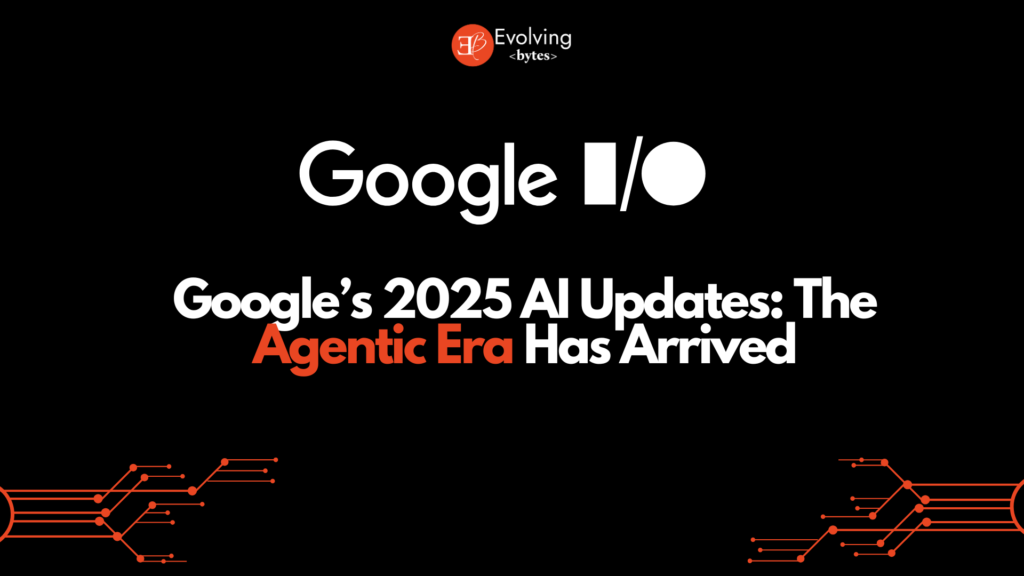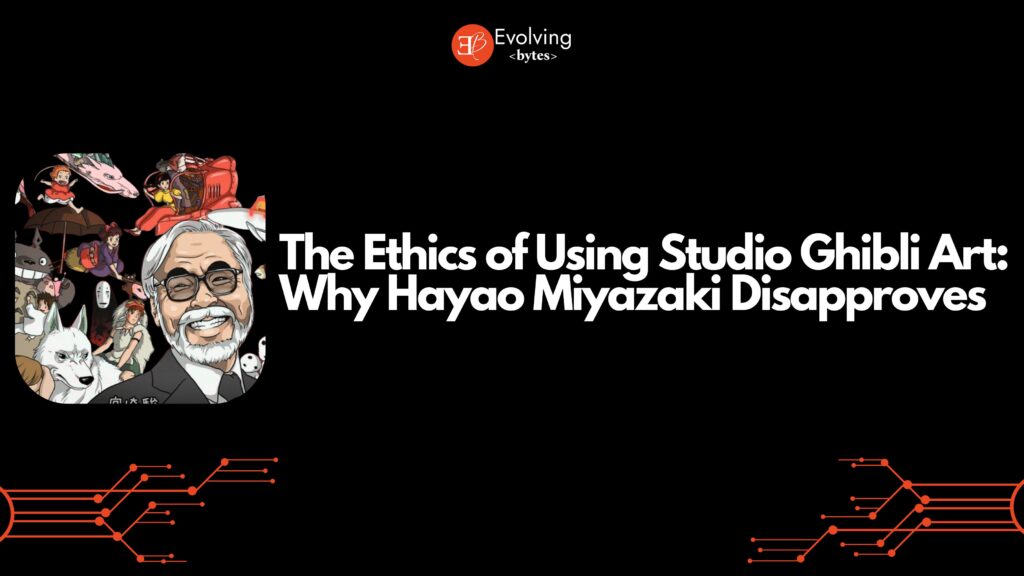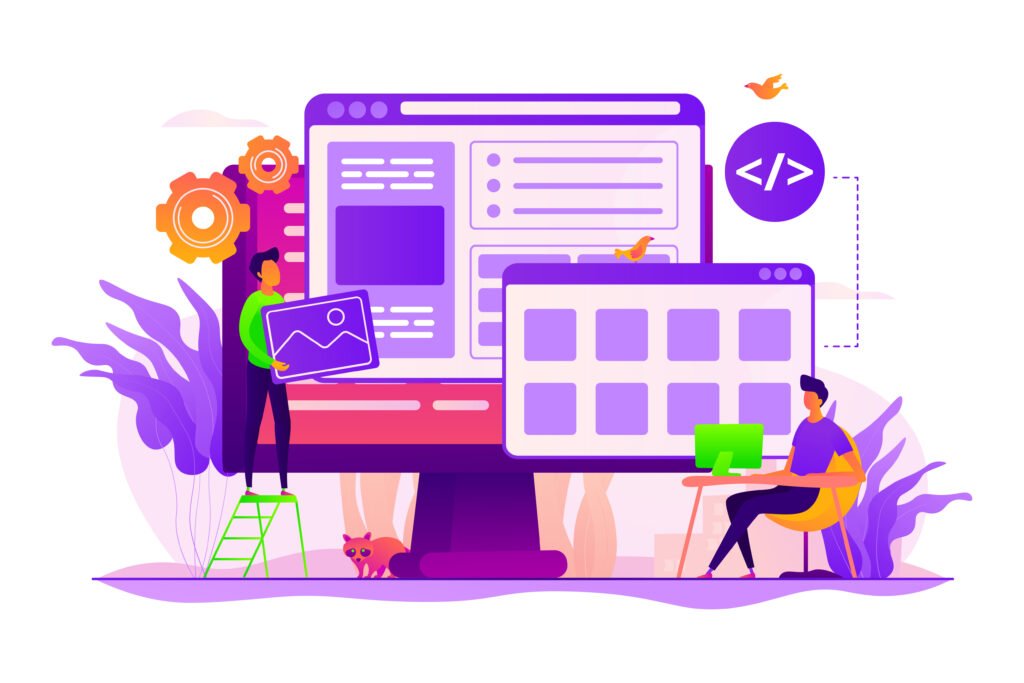The Rise of AI-Powered Websites: How Web Development is Adapting in 2025
In 2025, building a website is no longer just about static pages, forms, or basic content. The web is evolving — and at the heart of that evolution is artificial intelligence. AI is transforming how websites are designed, built, optimized, and experienced. From dynamic content personalization to advanced chatbots, and from generative layout tools to real-time content adaptation, the future of web development is becoming smarter, more responsive, and more user-centric. In this blog, we’ll explore: Why AI matters in modern website development Key AI tools & techniques reshaping the landscape How personalized UIs, chatbots, and real-time content are changing user expectations Challenges and best practices What this means for businesses (and how Evolving Bytes is adapting) Let’s dive in. Why AI Is Becoming Central to Website Development AI isn’t just a buzzword — it’s becoming foundational in 2025’s web ecosystem. According to industry analysts, AI is expected to transform web development workflows, user experience, and content strategies in deep ways. WP Engine+2DesignRush+2 Here’s why AI is moving from optional to essential: Speed & Efficiency GainsTools like GitHub Copilot, Tabnine, and AI code assistants are automating routine coding tasks, offering autocomplete, and even generating boilerplate code, enabling developers to focus on higher-level logic and creativity. WP Engine+2DesignRush+2 Design AugmentationAI design tools can propose layouts, suggest color palettes, optimize UI elements, and even generate mockups from textual prompts. For example, Uizard is an AI-powered UI design tool that converts ideas into interface drafts. Medium Data-Driven PersonalizationAI enables websites to tailor content, layout, and calls-to-action in real time based on user behavior, profile, and preferences. This dynamic adaptation increases engagement, retention, and conversions. DesignRush+2WP Engine+2 Smarter Automation & MaintenanceAI can monitor website performance, detect anomalies, automate routine updates, and predict issues before they impact users. WP Engine+1 As such, a modern web development approach can no longer treat AI as an add-on — it must be integrated from the start. Key AI Features Changing the Web — and Why They Matter Let’s break down some of the most powerful AI features that are redefining how websites function in 2025. 1. Personalized UIs & Layouts Gone are the days when every visitor sees the same static homepage. With AI, websites can dynamically adjust layouts, content modules, and visual hierarchy based on a user’s device, browsing history, location, and behavior. Adaptive layout engines can reflow page sections for user preferences (e.g. promoting certain offers). Heatmap + visitor analysis can feed AI models that optimize which modules to show higher or hide based on performance. Content recommendation systems show relevant articles, products, or promotions personalized to each visitor. This level of personalization increases relevance, reduces bounce, and encourages deeper engagement. 2. Chatbots & Conversational Interfaces AI chatbots are no longer simple scripted popups — they’re becoming intelligent, context-aware conversational agents. Modern chatbots use NLP (natural language processing) to understand questions in free form, not just menu-driven flows. They can integrate with knowledge bases, support systems, and CRMs to fetch real data (account info, order status, FAQs). Some platforms allow you to train your chatbot from your own documentation or site content (e.g. Botsonic scans your website to answer queries). botsonic.com Chatbots can also trigger actions: booking, placing orders, sending links, or escalating to human agents when needed. When done well, chatbots become your 24/7 virtual assistant, converting leads and offering support without delay. 3. Real-Time Content & Dynamic Generative Content Instead of static, cache-driven sites, AI enables content that adapts in real-time. Examples: Content blocks that change based on time, weather, or local events (e.g. a banner that changes morning vs evening) On-the-fly content generation — using generative AI (text, image, layouts) to fill certain sections (like blog previews, product descriptions) tailored to user interests Smart search & semantic reasoning — AI-powered site search that understands user intent and surfaces results intelligently These features make websites feel alive and more closely aligned with each visitor’s needs. Challenges & Considerations While AI-powered websites bring huge benefits, they also introduce new complexities. Here are key considerations and best practices: Challenge Best Practice / Mitigation Performance & Load Time AI features must be optimized — asynchronous loading, edge computing, caching strategies, and lazy-loading ensure AI doesn’t slow down the site. Privacy & Data Ethics Collect only necessary data, anonymize when possible, be transparent about personalization logic, and comply with regulations (GDPR, CCPA). Over-Automation AI shouldn’t replace human judgment — final review or oversight is essential. Ensure fallback or manual override in sensitive flows. Bias & Fairness Training data may reflect biases. Continuous evaluation, user testing, and inclusion practices are essential. Cost & Complexity Not every business needs full AI infrastructure. Choose features that deliver real ROI and scale gradually. With smart architecture, clear governance, and incremental rollouts, these challenges can be managed. Why Businesses Should Embrace AI in Web Development If you’re reading this as a business owner, here’s what AI-powered websites bring: Higher engagement and conversions through relevance Reduced maintenance costs (automation of routine tasks) Better insight into visitors’ behavior, through analytics and predictive models Competitive differentiation — in a world of bland templates, AI-driven sites stand out Scalability — AI systems can adapt as you grow, rather than rigid static builds At Evolving Bytes, we recognize that future-ready websites aren’t just beautifully coded — they’re intelligent, responsive, and personalized. That’s why on our Website Development page (https://evolvingbytes.in/website-development/) we emphasize not just design and performance, but adaptive features and future-proof architecture. And if you want to explore more of our services, please visit our homepage at https://evolvingbytes.in/. How Evolving Bytes Is Adapting & Innovating At Evolving Bytes, we’re proactively incorporating AI-driven practices into our website development offerings: We experiment with AI-assisted UI generation in ideation to speed up design workflows We integrate chatbot systems tailored to each client’s domain and knowledge base We build modular templates that can adapt layout & content dynamically We focus on performance optimization and edge AI so smart features don’t slow the site We follow strict data privacy and ethics standards















